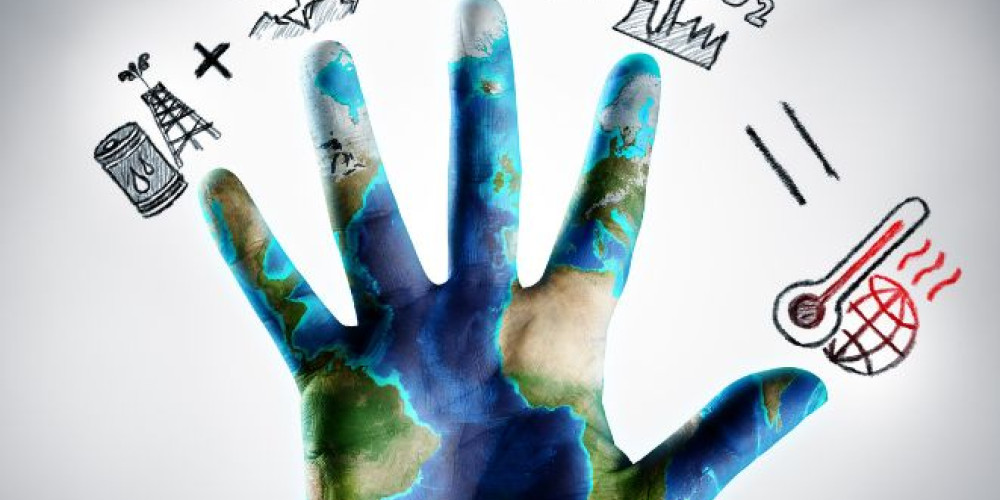Climate Action through Extended Lifespans: CV22 and the Future of Electronics
Climate Change, E-waste
- Professor
- Jun 29, 2024
- Climate Change,
- E-waste
Climate Action through Extended Lifespans: CV22 and the Future of Electronics
As our dependence on technology grows, so does the concerning issue of electronic waste (e-waste), particularly from computers. The rapid turnover of devices contributes significantly to environmental degradation and climate impact through increased carbon emissions. Each discarded computer represents not only a loss of valuable resources but also a significant carbon footprint from manufacturing, transportation, and disposal processes.
E-waste, which includes computers, laptops, and peripherals, contains hazardous materials such as lead, mercury, and cadmium, posing risks to both human health and the environment when improperly managed. In addition to toxic components, the energy-intensive manufacturing processes and short lifespans of these devices contribute to greenhouse gas emissions, exacerbating climate change.
Addressing this challenge requires innovative solutions that extend the lifespan of electronic devices while reducing their environmental footprint. Technologies like ChakraVardhan22 (CV22) offer a promising approach. CV22, a revolutionary thermal interface material developed by Indian startup Meerkats.World, enhances the thermal management of electronics, thereby prolonging their operational life and improving energy efficiency.
By applying CV22, electronic components can operate at optimal temperatures, reducing wear and tear that often leads to premature device failure. This extension in lifespan not only conserves resources but also minimizes the need for frequent replacements, thereby reducing e-waste generation and associated carbon emissions.
Its adoption in electronic devices not only benefits consumers by lowering total cost of ownership through improved device longevity but also supports global efforts towards sustainable development and climate action.
In conclusion, mitigating the impact of e-waste on climate change requires collaborative efforts across industries and innovative solutions like CV22. By integrating technologies that extend the life of computers and reduce their environmental footprint, we can pave the way towards a more sustainable future, where technology serves both human needs and environmental stewardship.











